How Vision Pro is Overloading the Developer Mindset and What Can Be Done
The Vision Pro, Apple's latest mixed-reality headset, integrates augmented reality (AR) and virtual reality (VR) capabilities, promising a highly immersive user experience. While the device is a technological marvel, it also presents new challenges for developers. Understanding these challenges and exploring potential solutions can help developers navigate this new technological frontier.Challenges with the Vision Pro
1. Learning Curve
The Vision Pro's AR/VR integration means developers have to learn new programming languages and tools. This learning curve can be steep, especially for developers who are new to AR/VR development.
2. High Performance Demand
Given the Vision Pro's high-resolution display and advanced capabilities, developers are required to create applications and experiences that can meet these high-performance demands. This can put a lot of pressure on developers, especially when trying to optimize for battery life and processing power.
3. User Interface and Interaction Design
Designing user interfaces and interactions for AR/VR is significantly different from traditional screen-based interfaces. Developers need to think in 3D, considering elements like depth, perspective, and spatial audio, which can be overwhelming.
4. Testing and Debugging
Testing and debugging for AR/VR applications can be more complex and time-consuming than for traditional applications. Developers have to account for physical movement, interaction in 3D space, and other unique AR/VR considerations.
5. Rapidly Evolving Technology
Keeping up with the fast pace of advancements in AR/VR technology can be mentally taxing for developers. They constantly have to learn about new hardware capabilities, software tools, and best practices in the AR/VR development landscape.
Strategies to Manage Developer Overload
1. Structured Learning and Training
Developers can overcome the learning curve by engaging in structured learning and training programs. Apple and other tech companies usually offer comprehensive documentation, online courses, and tutorials for their new technologies.
2. Collaborative Work Environment
Creating a collaborative work environment can help distribute the development workload. By working in teams, developers can leverage each other's strengths and share the responsibility of learning and implementing new technologies.
3. Leveraging Existing Skills and Tools
Many AR/VR development tools are extensions of existing programming languages and software frameworks. Developers can leverage their existing skills and tools, reducing the mental load of learning entirely new technologies.
4. Focused and Incremental Development
Instead of trying to build a complex AR/VR application all at once, developers can focus on creating smaller, manageable pieces. This incremental approach allows for easier testing, debugging, and improvements.
5. Staying Current without Overwhelm
Developers can stay current with AR/VR advancements without getting overwhelmed by setting aside dedicated learning time each week, participating in online developer communities, and attending relevant industry conferences and webinars.
Conclusion
While the Vision Pro and similar mixed-reality headsets present new challenges for developers, these can be managed with the right strategies. By investing in learning, fostering collaboration, leveraging existing skills, focusing on incremental development, and staying current without overwhelm, developers can successfully navigate the exciting world of AR/VR development.



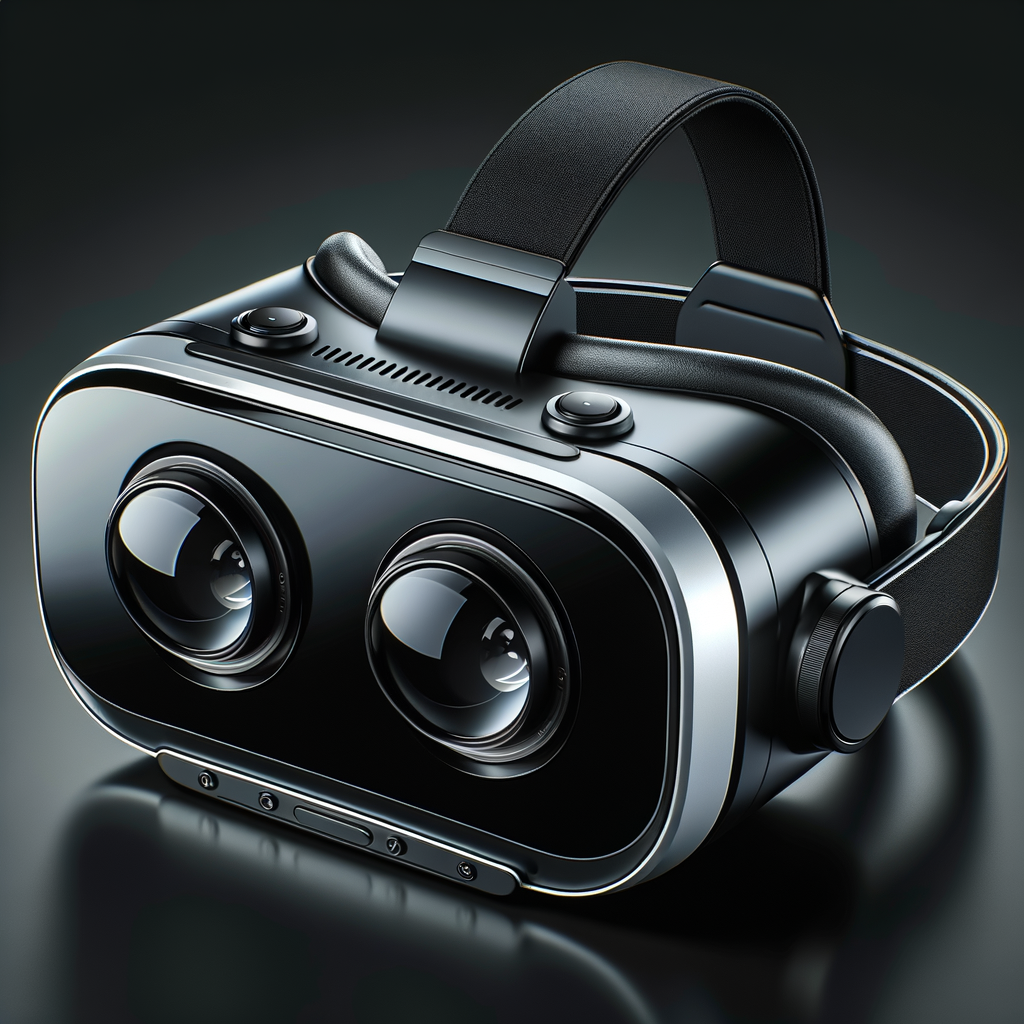
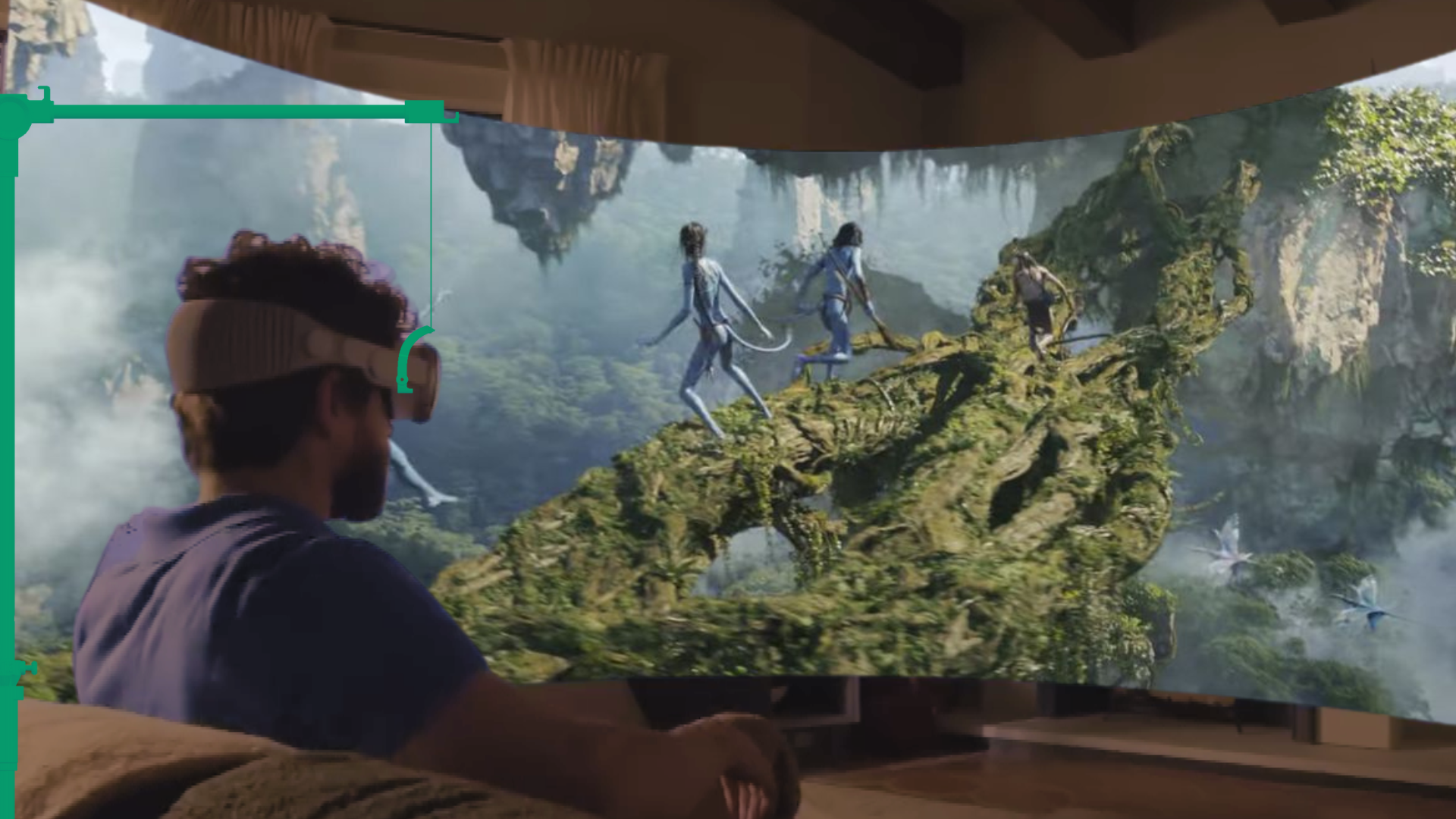
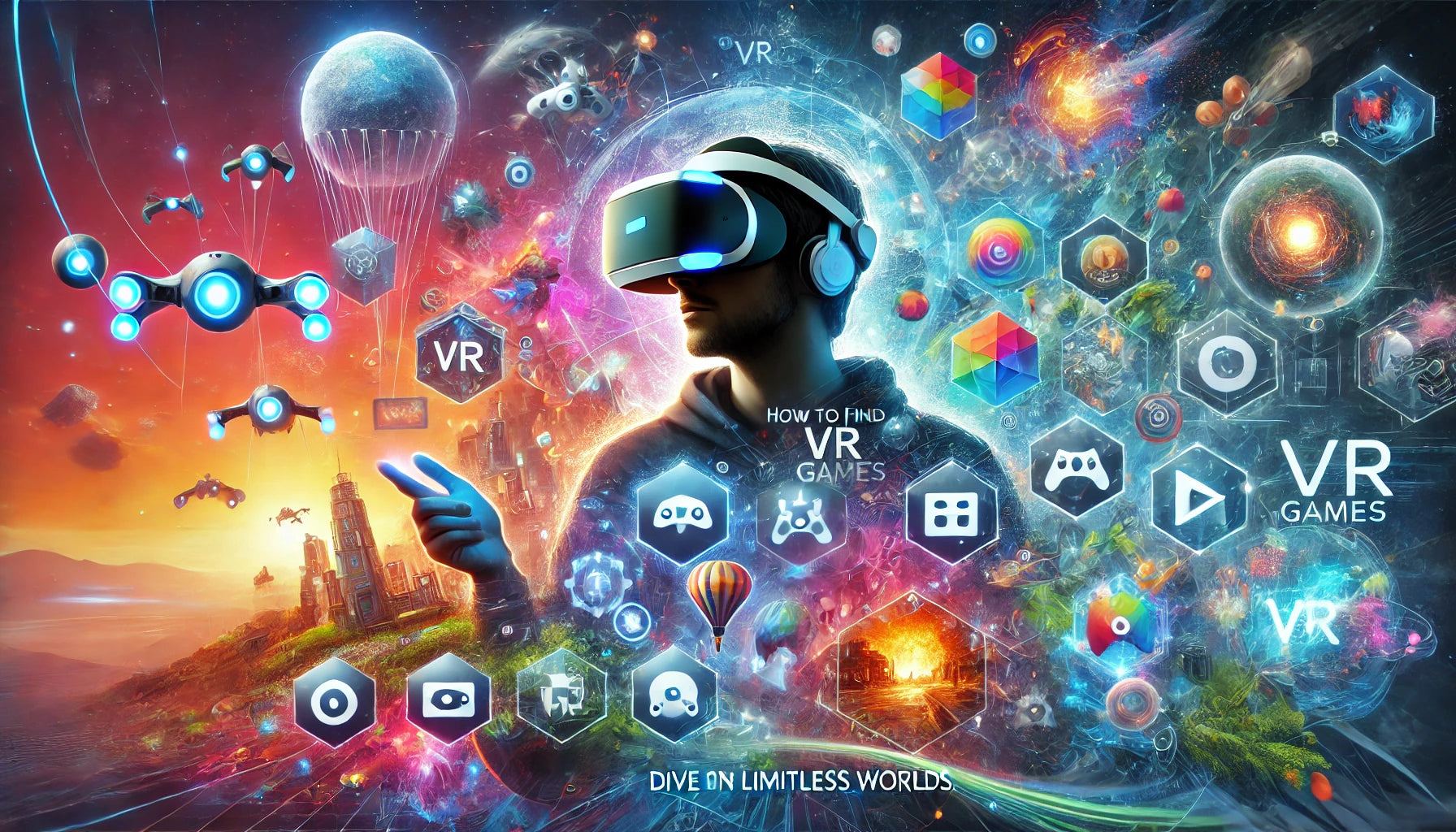
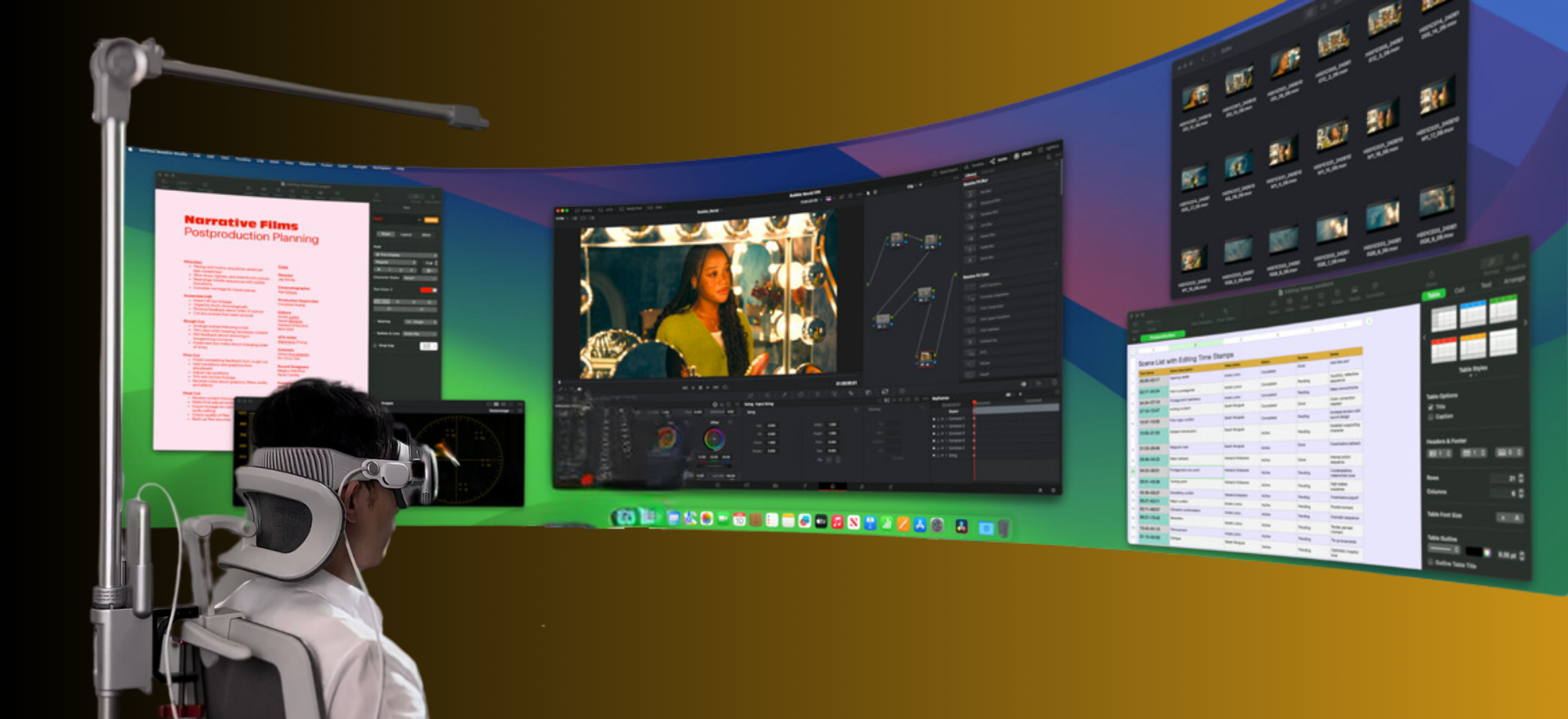
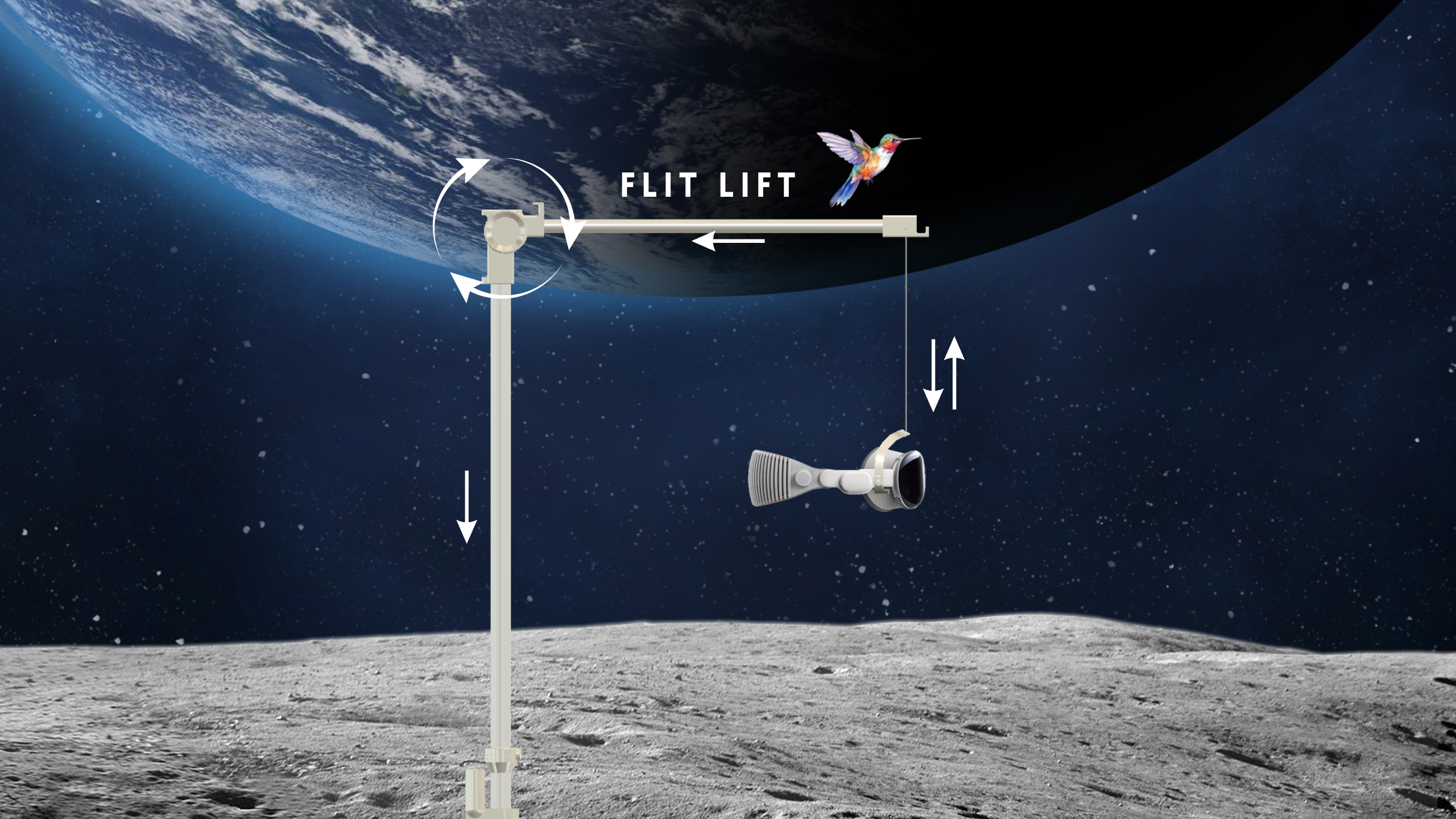

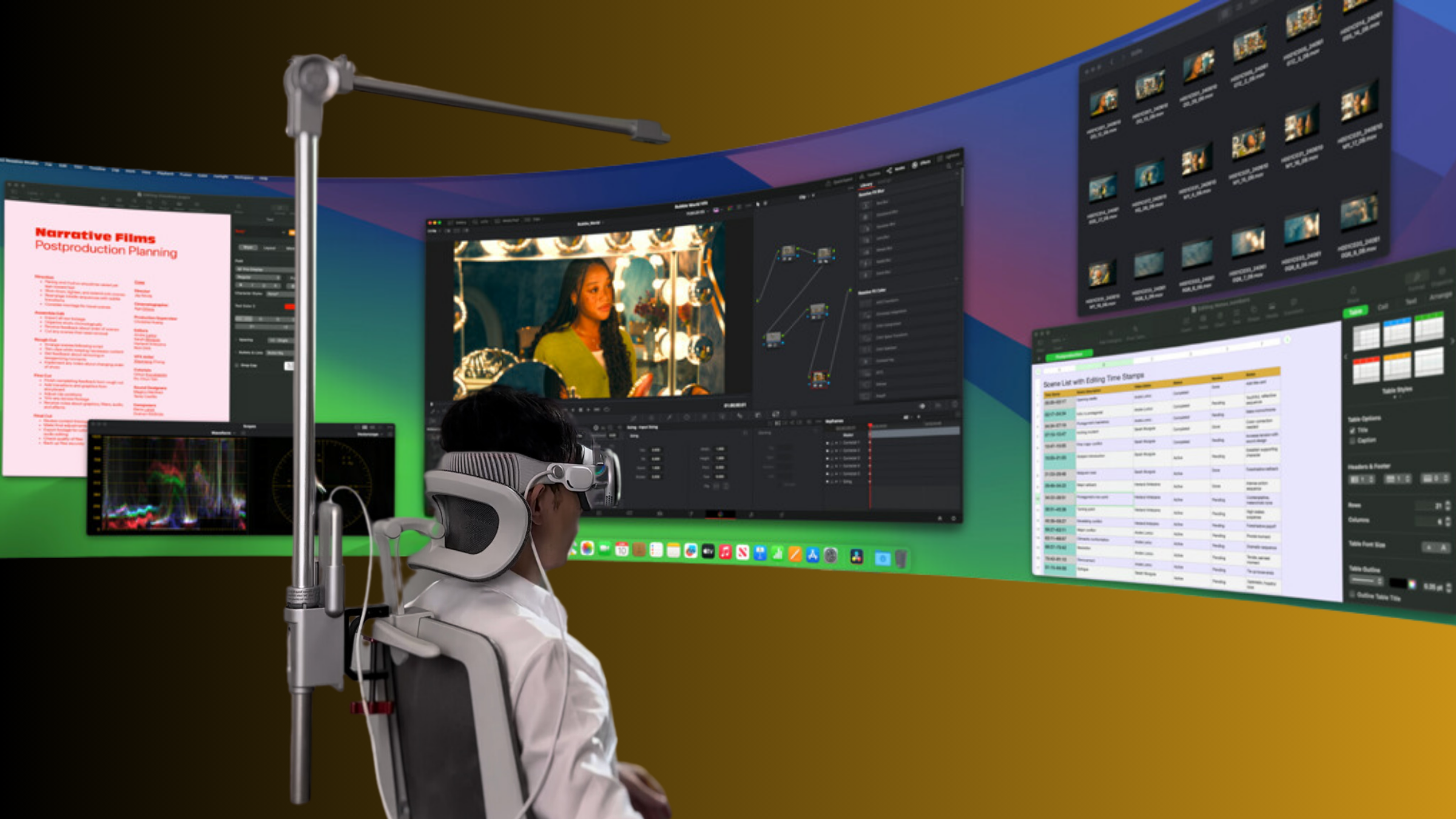

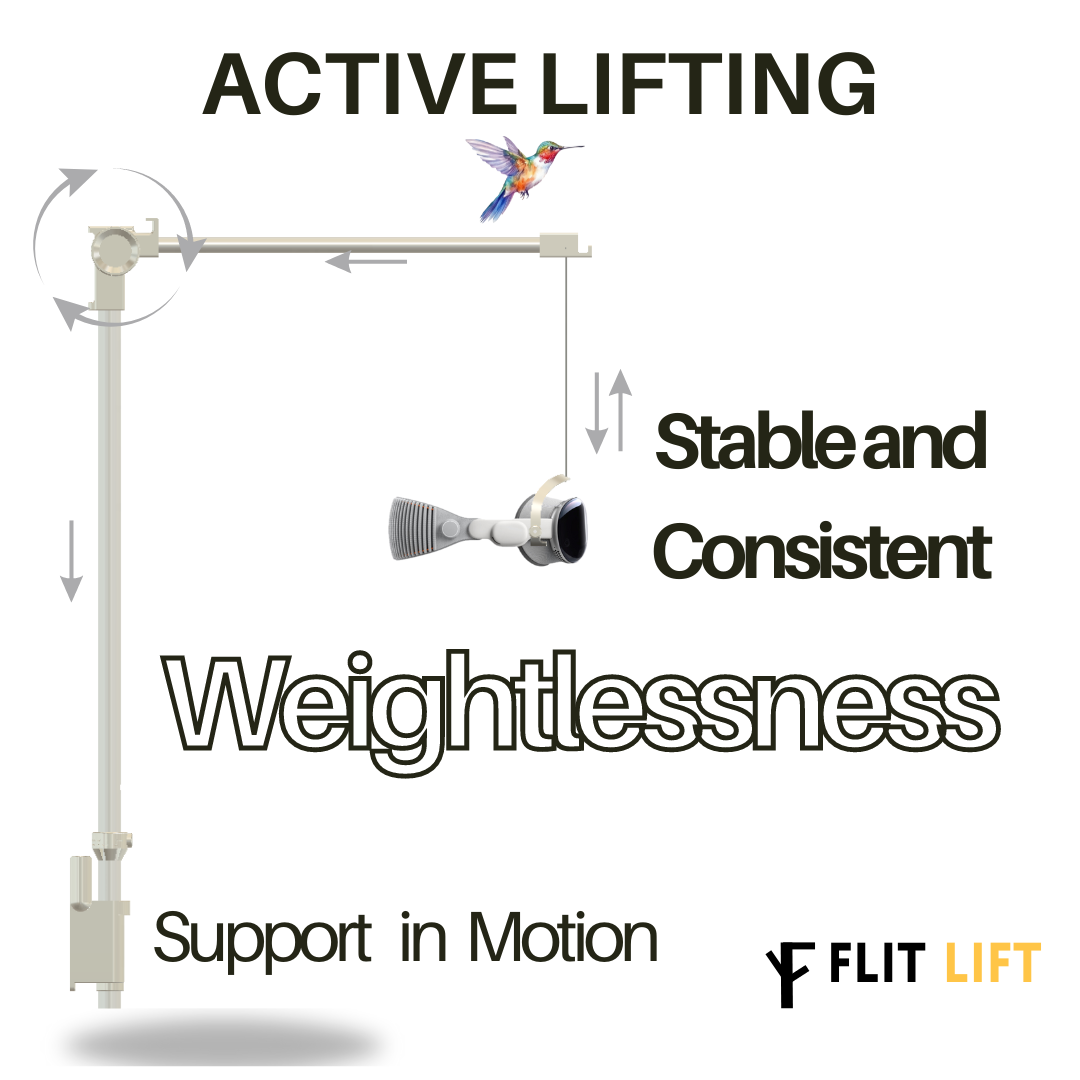
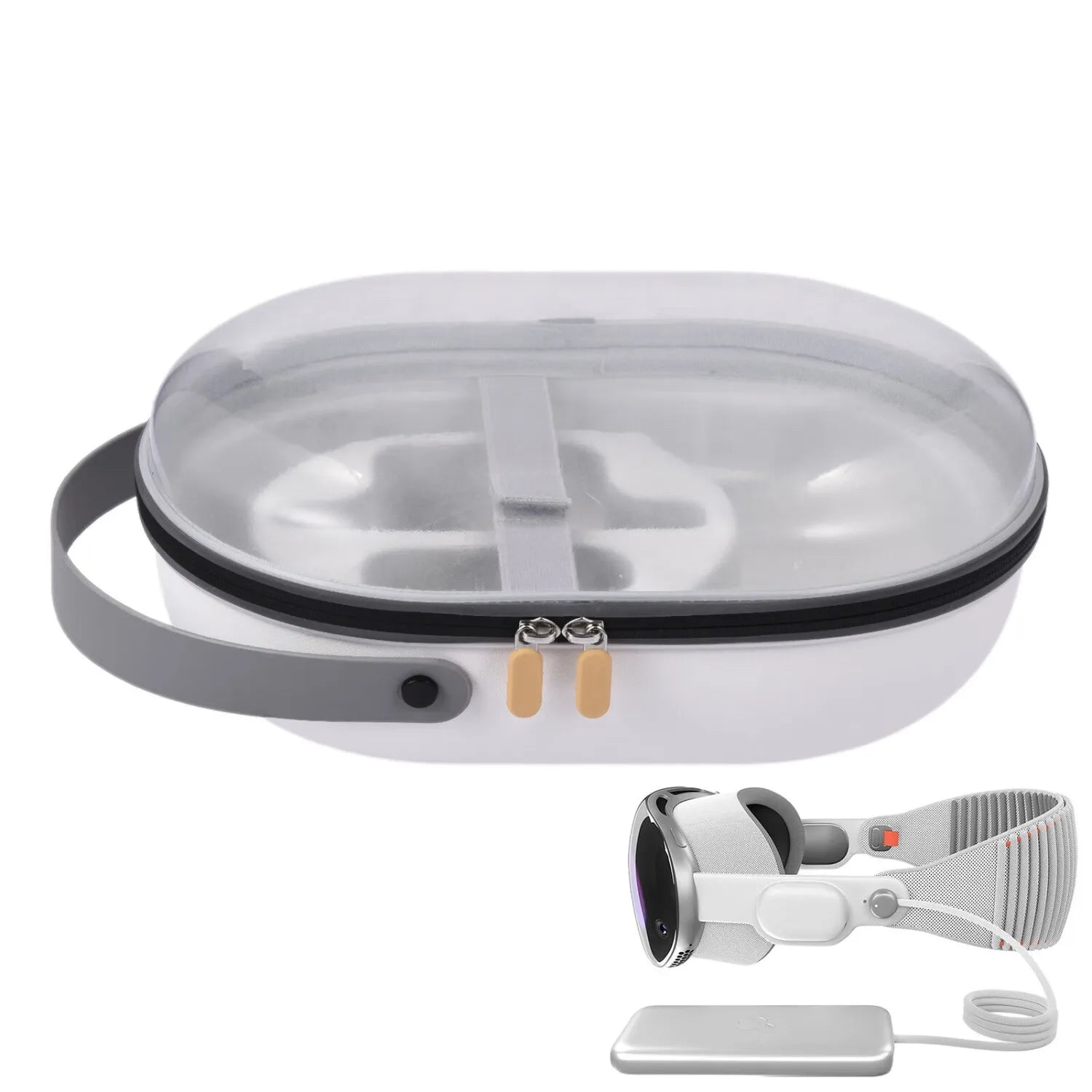

Compartir:
Vision Pro: A Technological Marvel, But At What Cost to Developers?
The Struggles Behind the Vision Pro Interface: Developer Burnout in Focus